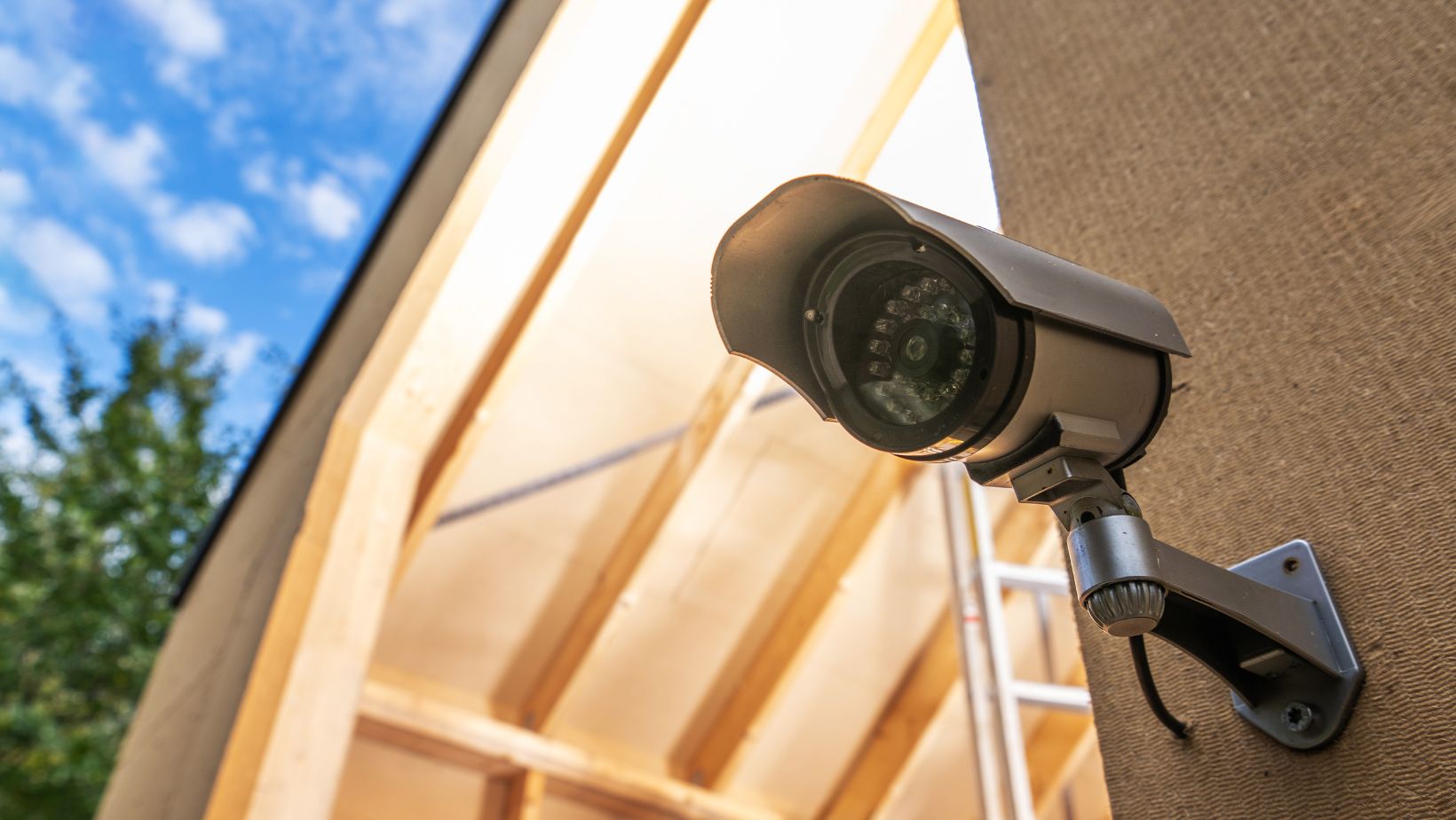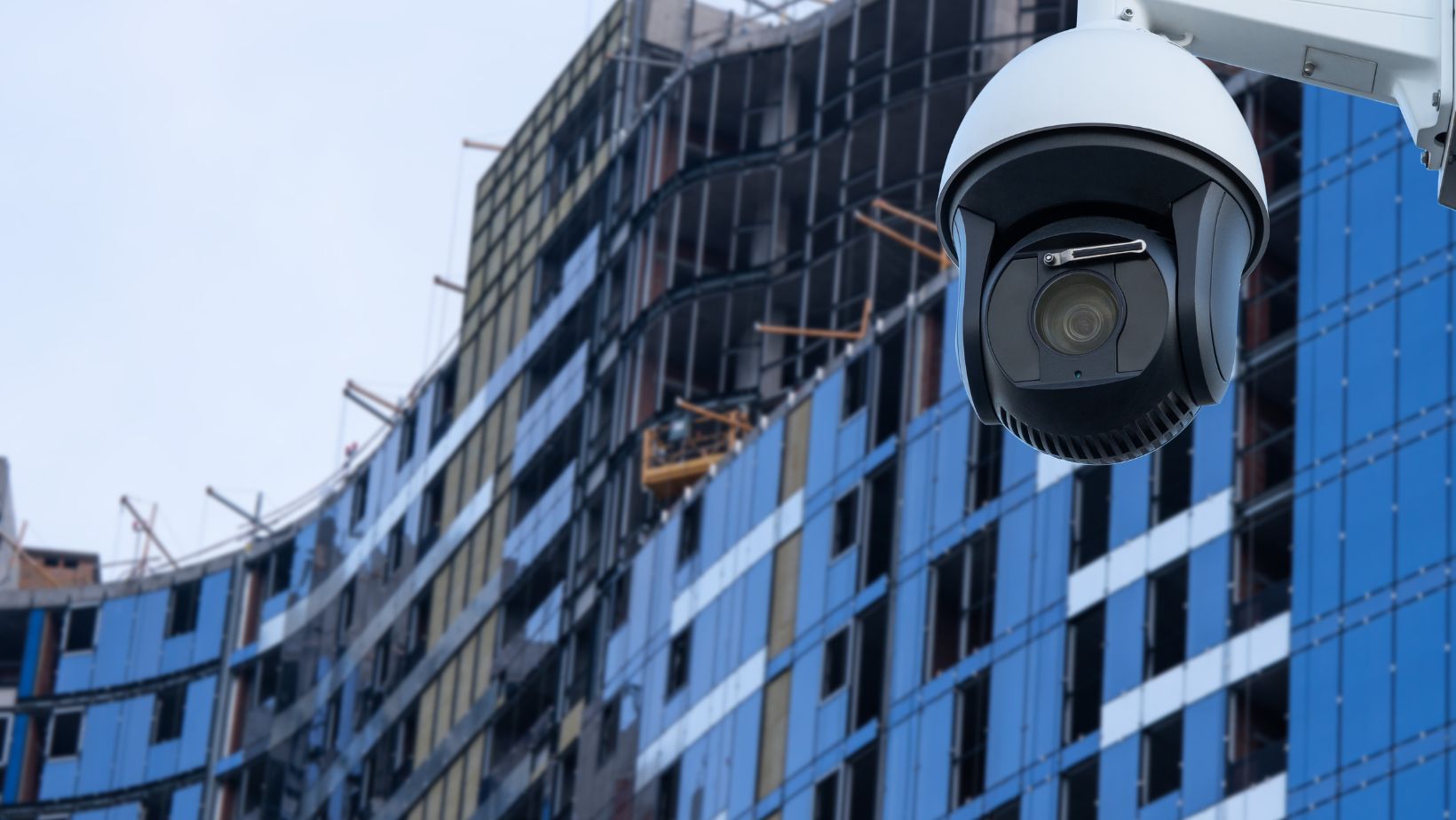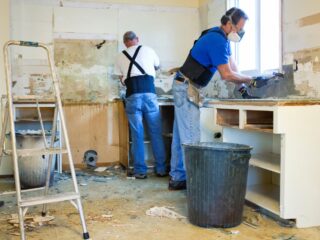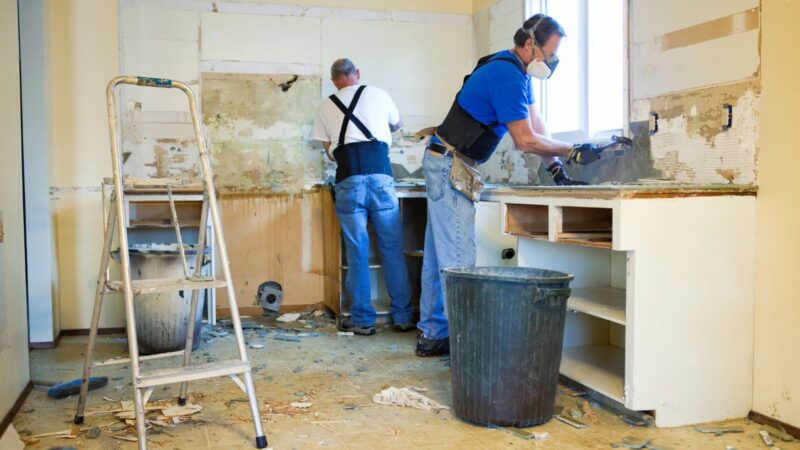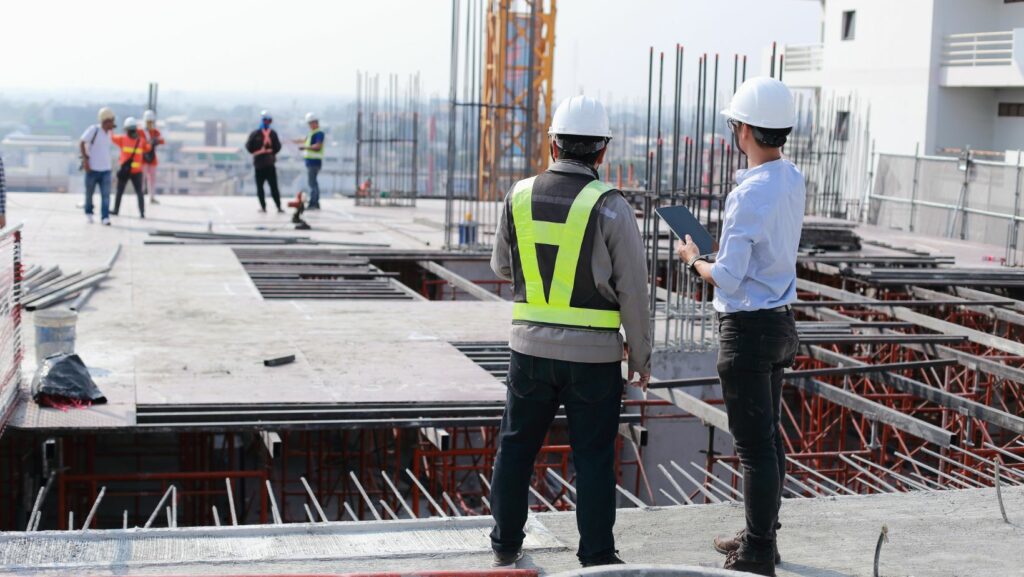
Construction sites are bustling hubs of activity, with valuable equipment, materials, and a constantly changing workforce. These locations are unfortunately prime targets for theft, vandalism, and unauthorized access, making professional guardianship a critical component of successful project management. In this blog, we take a closer look at the importance of construction security services, the challenges faced, and the best practices to ensure safety all around.
Critical Times and Locations for Construction Site Security
Site security is most critical in urban regions with high foot traffic and during off-hours when the area is unoccupied. High-value projects with expensive equipment and materials, such as commercial buildings and infrastructure developments, are particularly vulnerable. Professional surveillance is vital in locations with a history of theft or vandalism and during key project phases when valuable assets are on-site.
Sites near residential neighborhoods or public spaces require strict measures to prevent unauthorized access and ensure the safety of both workers and the public. Ensuring comprehensive security during these times and in these locations mitigates risks and protects valuable investments.
The Importance of Construction Site Security
Construction sites are often targets for various security threats due to several factors:
- Valuable Assets: Heavy machinery, tools, and building materials can be highly valuable and tempting targets for thieves.
- Open and Accessible: Unlike other facilities, sites often lack solid barriers, making unauthorized access easier.
- High Workforce Turnover: The constant flow of workers and subcontractors can make it difficult to keep track of who is authorized to be on-site.
- Sensitive Information: Plans, blueprints, and other sensitive documents can be at risk if not properly secured.
Key Components of Construction Site Security Services
Effective construction site security involves a combination of physical measures, technology, and vigilant management practices.
Here are some key components:
On-Site Security Personnel
Trained guards provide a visible deterrent to unauthorized access and can quickly respond to any incidents; they can perform regular patrols, monitor entry and exit points, and ensure that only authorized personnel are on-site. An example of these professional services can be found on the Intercept Security website, found here: https://www.interceptsecurityservices.ca/
Access Control Systems
Implementing access control systems such as keycards, biometric scanners, or turnstiles helps to manage and monitor who enters and exits the location. This reduces the risk of unauthorized access and helps track personnel movement.
Surveillance Systems
CCTV cameras strategically placed around the site can monitor activities 24/7. Modern systems with motion detection and night vision capabilities ensure that any suspicious activity is promptly detected and recorded.
Perimeter Security
Fencing, barriers, and adequate lighting around the perimeter of the site are essential to prevent unauthorized entry, and temporary fencing solutions can be adapted as the area evolves.
Alarm Systems
Intrusion alarms and sensors can be installed to detect and alert security personnel of any breaches, ensuring a rapid response to potential threats.
Inventory Management
Keeping detailed records of equipment and materials helps in tracking their location and status. Marking assets with identifiable codes or GPS tracking can deter theft and facilitate recovery.
Cybersecurity Measures
As construction sites become more connected with IoT devices and digital plans, protecting against cyber threats is increasingly important. Secure networks, encrypted communications, and regular cybersecurity audits help safeguard sensitive information.
Safest Practices for Construction Site Security
Implementing best practices for site security ensures a comprehensive approach to protecting assets and personnel:
- Conduct Risk Assessments: Regularly assess the site to identify potential vulnerabilities and update measures accordingly.
- Develop a Security Plan: Create a detailed plan that outlines procedures, roles, and responsibilities. This plan should be communicated to all workers and regularly reviewed and updated.
- Train Personnel: Ensure that all site workers are trained in protocols and understand the importance of reporting suspicious activities.
- Visitor Management: Implement strict visitor management procedures, including sign-in protocols and escorting visitors while on-site.
- Regular Audits and Inspections: Conduct regular audits and inspections to ensure compliance with policies and to identify any areas for improvement.
- Engage Local Law Enforcement: Establish a relationship with local law enforcement agencies to ensure a coordinated response in case of major incidents.
Partner with The Finest Security Services
Construction site security is a multifaceted challenge that requires a comprehensive and proactive approach. By integrating on-site security personnel, advanced technology, and robust management practices, construction companies can protect their valuable assets, ensure the safety of their workforce, and maintain the integrity of their projects. Investing in professional services will help to mitigate risks and provide peace of mind, allowing project managers to focus on delivering successful projects.

